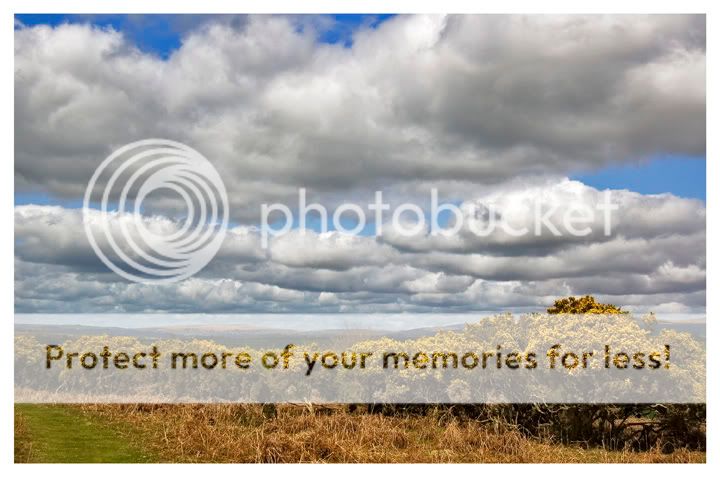rmh159
TPF Noob!
- Joined
- Jun 13, 2006
- Messages
- 1,028
- Reaction score
- 0
- Location
- Milwaukee, WI
- Can others edit my Photos
- Photos NOT OK to edit
I've used circular polarizing filters before however I never seem to QUITE get the strong blue skies that I've seen in other pics. Granted my experience has been with a P&S that had an adapter to put a polarizer over the lens but I'm not sure it was of the highest quality.
I'm fairly sure I'm using the filter correctly and I know that the strength of the effect is related to how the filter is turned and the position of the camera / subject / sun.
Just to verify can someone explain the technique used to get the darkest blue skies possible with a polarizing filter? Does the brand / coating of the filter impact this?
Thanks
I'm fairly sure I'm using the filter correctly and I know that the strength of the effect is related to how the filter is turned and the position of the camera / subject / sun.
Just to verify can someone explain the technique used to get the darkest blue skies possible with a polarizing filter? Does the brand / coating of the filter impact this?
Thanks






![[No title]](/data/xfmg/thumbnail/32/32174-b57e340fadfeea99045595146efd64b1.jpg?1734161047)


![[No title]](/data/xfmg/thumbnail/33/33030-2d80455c47ebf5f145e0bd5064267aea.jpg?1734163045)


![[No title]](/data/xfmg/thumbnail/36/36673-19735e6d336c221f19091dde4a33c534.jpg?1734169173)
![[No title]](/data/xfmg/thumbnail/32/32173-af05ea40d00ae9cd79a01007df914b5f.jpg?1734161047)



